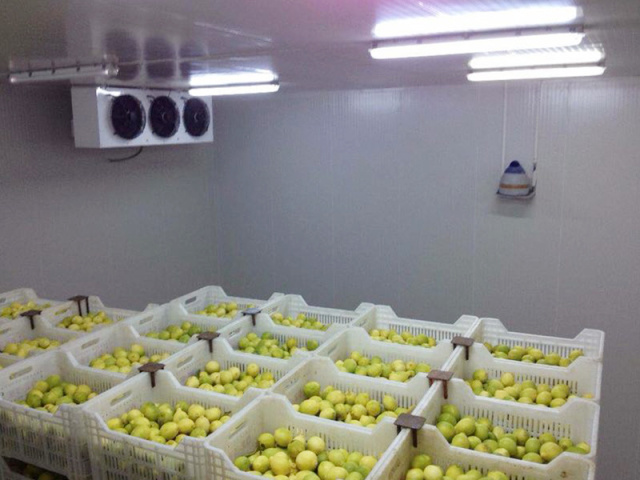Cold rooms utilize refrigeration units and evaporators to maintain low temperatures for preserving food. This chill effectively slows down the growth of spoilage-causing microorganisms, allowing for longer storage times. However, the often-humid environment inside a cold room can still harbor bacteria and viruses, making regular disinfection a crucial step in ensuring food safety.
So, how often should a cold room be disinfected? The general guideline is to disinfect monthly. However, during hot and humid summer months, a more frequent schedule of weekly disinfection is recommended to combat increased microbial activity.

Furthermore, the type of goods stored significantly impacts disinfection frequency. Highly perishable items like meat, fish, and vegetables necessitate disinfection before each new batch is stored. Even products like chilled milk and ice cream benefit from weekly disinfection to maintain optimal hygiene.
When disinfecting a cold room, several key points should be considered:
First, choose a food-safe disinfectant that meets relevant standards.
Second, select an appropriate disinfection method. Options range from UV light treatment to spraying approved disinfectant solutions. Timing is also critical: disinfect before storing susceptible foods and promptly after storage periods.
Finally, always verify the effectiveness of the disinfection process. If the results are unsatisfactory, repeat the disinfection procedure.
 marketing@artecomy.com
marketing@artecomy.com +86 13318205909
+86 13318205909 EN
EN CN
CN



 Message
Message WhatsApp
WhatsApp










